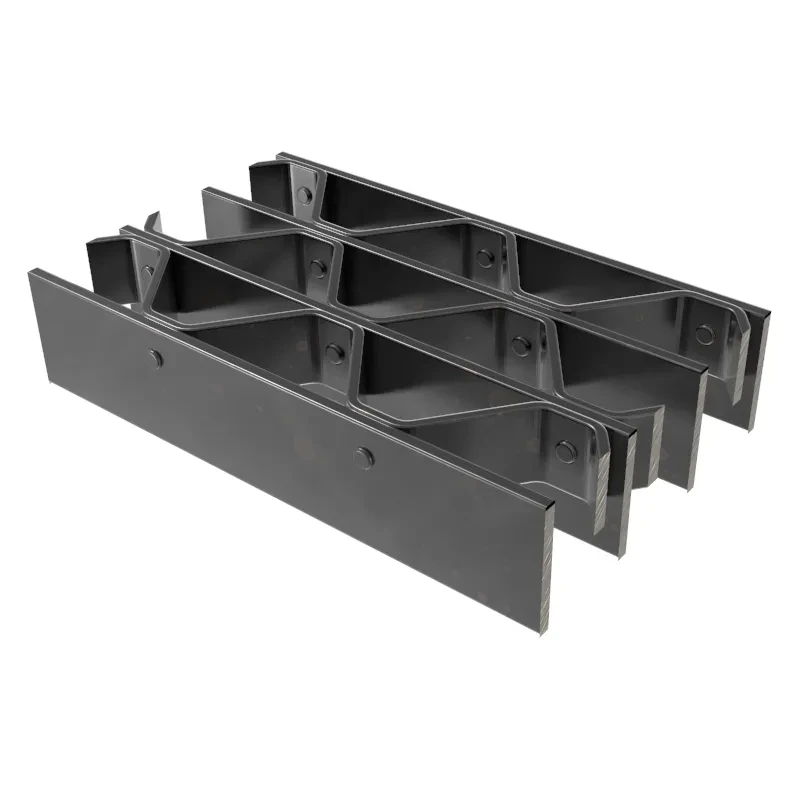- Industrial zone, South of Anping Town, Hengshui, Hebei, China.
- sales@hfpetromesh.com
- +86-18931809706
 Afrikaans
Afrikaans  Albanian
Albanian  Amharic
Amharic  Arabic
Arabic  Armenian
Armenian  Azerbaijani
Azerbaijani  Basque
Basque  Belarusian
Belarusian  Bengali
Bengali  Bosnian
Bosnian  Bulgarian
Bulgarian  Catalan
Catalan  Cebuano
Cebuano  Corsican
Corsican  Croatian
Croatian  Czech
Czech  Danish
Danish  Dutch
Dutch  English
English  Esperanto
Esperanto  Estonian
Estonian  Finnish
Finnish  French
French  Frisian
Frisian  Galician
Galician  Georgian
Georgian  German
German  Greek
Greek  Gujarati
Gujarati  Haitian Creole
Haitian Creole  hausa
hausa  hawaiian
hawaiian  Hebrew
Hebrew  Hindi
Hindi  Miao
Miao  Hungarian
Hungarian  Icelandic
Icelandic  igbo
igbo  Indonesian
Indonesian  irish
irish  Italian
Italian  Japanese
Japanese  Javanese
Javanese  Kannada
Kannada  kazakh
kazakh  Khmer
Khmer  Rwandese
Rwandese  Korean
Korean  Kurdish
Kurdish  Kyrgyz
Kyrgyz  Lao
Lao  Latin
Latin  Latvian
Latvian  Lithuanian
Lithuanian  Luxembourgish
Luxembourgish  Macedonian
Macedonian  Malgashi
Malgashi  Malay
Malay  Malayalam
Malayalam  Maltese
Maltese  Maori
Maori  Marathi
Marathi  Mongolian
Mongolian  Myanmar
Myanmar  Nepali
Nepali  Norwegian
Norwegian  Norwegian
Norwegian  Occitan
Occitan  Pashto
Pashto  Persian
Persian  Polish
Polish  Portuguese
Portuguese  Punjabi
Punjabi  Romanian
Romanian  Russian
Russian  Samoan
Samoan  Scottish Gaelic
Scottish Gaelic  Serbian
Serbian  Sesotho
Sesotho  Shona
Shona  Sindhi
Sindhi  Sinhala
Sinhala  Slovak
Slovak  Slovenian
Slovenian  Somali
Somali  Spanish
Spanish  Sundanese
Sundanese  Swahili
Swahili  Swedish
Swedish  Tagalog
Tagalog  Tajik
Tajik  Tamil
Tamil  Tatar
Tatar  Telugu
Telugu  Thai
Thai  Turkish
Turkish  Turkmen
Turkmen  Ukrainian
Ukrainian  Urdu
Urdu  Uighur
Uighur  Uzbek
Uzbek  Vietnamese
Vietnamese  Welsh
Welsh  Bantu
Bantu  Yiddish
Yiddish  Yoruba
Yoruba  Zulu
Zulu
- Afrikaans
- Albanian
- Amharic
- Arabic
- Armenian
- Azerbaijani
- Basque
- Belarusian
- Bengali
- Bosnian
- Bulgarian
- Catalan
- Cebuano
- Corsican
- Croatian
- Czech
- Danish
- Dutch
- English
- Esperanto
- Estonian
- Finnish
- French
- Frisian
- Galician
- Georgian
- German
- Greek
- Gujarati
- Haitian Creole
- hausa
- hawaiian
- Hebrew
- Hindi
- Miao
- Hungarian
- Icelandic
- igbo
- Indonesian
- irish
- Italian
- Japanese
- Javanese
- Kannada
- kazakh
- Khmer
- Rwandese
- Korean
- Kurdish
- Kyrgyz
- Lao
- Latin
- Latvian
- Lithuanian
- Luxembourgish
- Macedonian
- Malgashi
- Malay
- Malayalam
- Maltese
- Maori
- Marathi
- Mongolian
- Myanmar
- Nepali
- Norwegian
- Norwegian
- Occitan
- Pashto
- Persian
- Polish
- Portuguese
- Punjabi
- Romanian
- Russian
- Samoan
- Scottish Gaelic
- Serbian
- Sesotho
- Shona
- Sindhi
- Sinhala
- Slovak
- Slovenian
- Somali
- Spanish
- Sundanese
- Swahili
- Swedish
- Tagalog
- Tajik
- Tamil
- Tatar
- Telugu
- Thai
- Turkish
- Turkmen
- Ukrainian
- Urdu
- Uighur
- Uzbek
- Vietnamese
- Welsh
- Bantu
- Yiddish
- Yoruba
- Zulu
bar grates
Bar Grates A Functional and Versatile Solution for Various Applications
Bar grates, commonly known for their distinctive design, are an essential component in many industrial and architectural applications. These grates are typically made from materials like steel or plastic and are characterized by their parallel bars that create a grid-like surface. Their primary function is to allow water, air, or light to pass through while providing structural support. In this article, we will explore the various uses and benefits of bar grates, shedding light on why they have become a staple in multiple fields.
One of the most prevalent applications of bar grates is in drainage systems. They are commonly installed in parking lots, walkways, and roads to prevent flooding by allowing rainwater to drain effectively. By covering drainage channels, bar grates also protect them from debris and blockages, ensuring that the drainage system functions optimally. This not only enhances safety but also prolongs the lifespan of the drainage infrastructure. Their ability to blend seamlessly with the surrounding surfaces makes them a popular choice for both aesthetic and practical purposes.
In addition to drainage, bar grates are widely used in industrial settings. Factories and warehouses often require flooring solutions that can withstand heavy loads while allowing substances to flow through. Bar grates provide a robust yet permeable flooring option that meets this need. They facilitate the movement of air and liquids, which is crucial for processes such as cooling and ventilation. Furthermore, their open design minimizes the accumulation of dust and debris, promoting cleaner working environments.
bar grates

Another critical application of bar grates is in the realm of safety. In commercial spaces like theaters, restaurants, and public venues, bar grates are often used in the design of walkways and outdoor areas. They provide a slip-resistant surface that reduces the risk of accidents, especially in wet conditions. The visibility of the grate's parallel bars aids in guiding foot traffic and can even serve decorative purposes, enhancing the overall design of a space.
Moreover, bar grates are increasingly being utilized in architectural designs. Their sleek aesthetics and functionality make them appealing for use in modern buildings. Architects often incorporate bar grates into railing systems, balconies, or even as decorative features in facades. By allowing natural light to filter through, they can enhance the building's interior ambiance while maintaining privacy.
Environmental considerations have also contributed to the popularity of bar grates. Many are now produced using recycled materials or designed to be easily recyclable at the end of their life. This aligns with the growing emphasis on sustainability in construction and infrastructure projects.
In conclusion, bar grates play a vital role in a diverse range of applications, from drainage systems and industrial flooring to safety enhancements and architectural designs. Their unique combination of functionality, durability, and aesthetic appeal makes them an indispensable solution in many sectors. As industries continue to innovate and adapt to modern needs, the importance of bar grates is likely to grow, cementing their status as a reliable and versatile choice for various applications.
-
Unlocking Efficiency with Premium Shaker ScreensNewsAug.05,2025
-
Safety and Style with Metal Grate WalkwayNewsAug.05,2025
-
Optimize Operations with Shaker Screen SolutionsNewsAug.05,2025
-
Enhance Your Space with Steel GratingNewsAug.05,2025
-
Durability with Concrete Weight Coating MeshNewsAug.05,2025
-
Discover the Power of Perimeter Safety NetNewsAug.05,2025